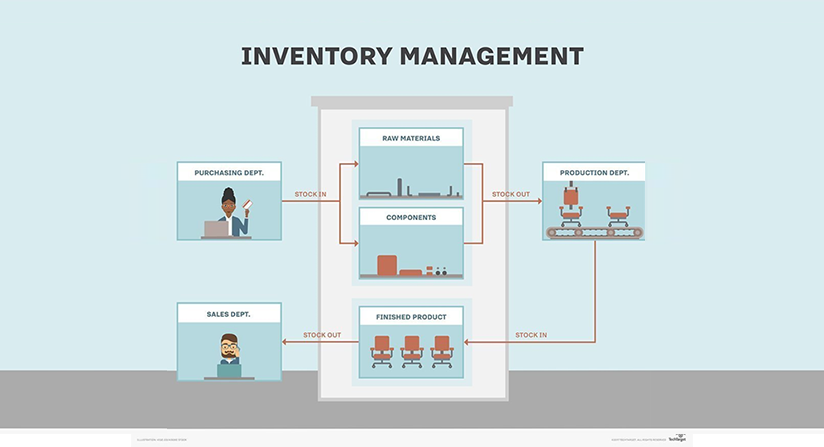Any small- to mid-size manufacturing business knows that effective inventory management is critical to success. With inventory tying up working capital stock turn is paramount. In addition non-turning stock takes up valuable space, may become outdated or obsolete and there is always a danger of shrinkage. It is critical to put in place inventory management best practices.
Manual Processes No Longer Work
One of the most common barriers to effective and accurate inventory management is a continued dependence on outdated manual processes. According to the “2017 State of Small Business Report,” a survey of over 1,100 small businesses conducted by Wasp Barcode Technologies, 43% of small business owners in the U.S. still rely on manual processes such as paper or spreadsheets to track inventory or they don’t even track their inventory at all. Any manual process significantly increases data entry mistakes resulting in sub-optimal inventory levels and dissatisfied customers.
If your business is part of the 43% noted above, we suggest exploring a fully automated ERP system that contains accurate inventory management capabilities. Its base functionality should include:
- Multiple valuation models
- Inventory tracking across multiple warehouses at multiple locations
- Inventory tracking on inbound, in-house, transfer and outbound items.
- Support for consignment and drop shipping
- Automation tools including barcoding, RFID, and license plating
- Seamless integration with production planning including:
- MRP
- Production Order Management
- Multiple types of BOMS
- Comprehensive real-time reporting
With your new system in place implementing the following inventory management, best practices will give you the best chance of success.
Strive for Optimal Stock Levels At All Times.
An optimal stock level is one that maintains just enough raw materials to keep your production line running at full capacity, and enough finished goods to satisfy current demand. Following this principle will enable you to keep carry costs to a minimum, freeing up much-needed cash flow, deliver your products on time, and maximize sales revenue keeping both your customers and your CFO very happy.
Track Inventory Through the Supply Chain
Just because it’s not in your warehouse doesn’t mean it’s not in your inventory. Accurate real-time inventory tracking should cover inbound from your suppliers, in-house across multiple warehouses and locations, transfer (cross docking), and outbound finished goods.
Automation, Automation, Automation
Automating all inventory management processes reduces manual error, increases visibility and maximizes efficiency. EDI for connection to suppliers, and barcoding, RFID and license plating for accurate tracking and warehouse picking.
Undertake Regular Cycle Counts
Regular cycle counts help manufacturers achieve more efficient and accurate inventory tracking, and they improve financial reporting and prevent inventory-related issues before they arise. Specifically, regularly scheduled cycle counts can deliver more accurate inventory quantities, save labor costs, reduce the risk of downtime, minimize inventory shrinkage and associated losses and help improve decisions on reorder points.
Plan & Forecast
Accurate planning and forecasting determine optimal inventory levels. Automated replenishment goes part way to meeting current raw material and finished goods demand. However real-time inventory monitoring and predictive analytics will increase inventory optimization further.
Summary
Optimizing stock levels, preventing shrinkage, performing regular cycle counts, utilizing automation and having access to a 360-degree view of your inventory and all connected business processes can only be achieved through a fully integrated inventory management system.
If you want to learn more about Inventory Management Best Practices, watch our on-demand webinar on Implementing Inventory Management Best Practices.
Follow Us






